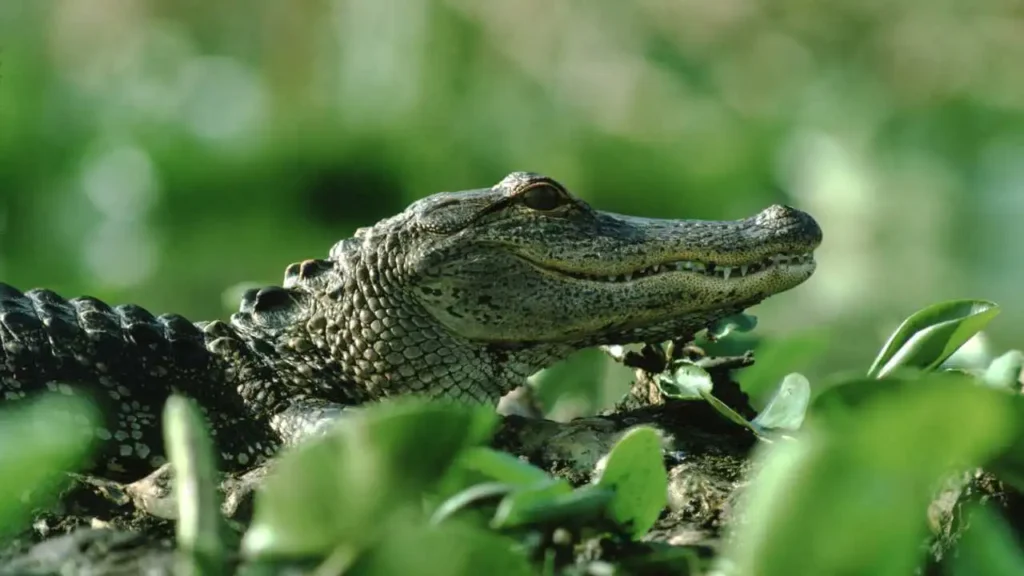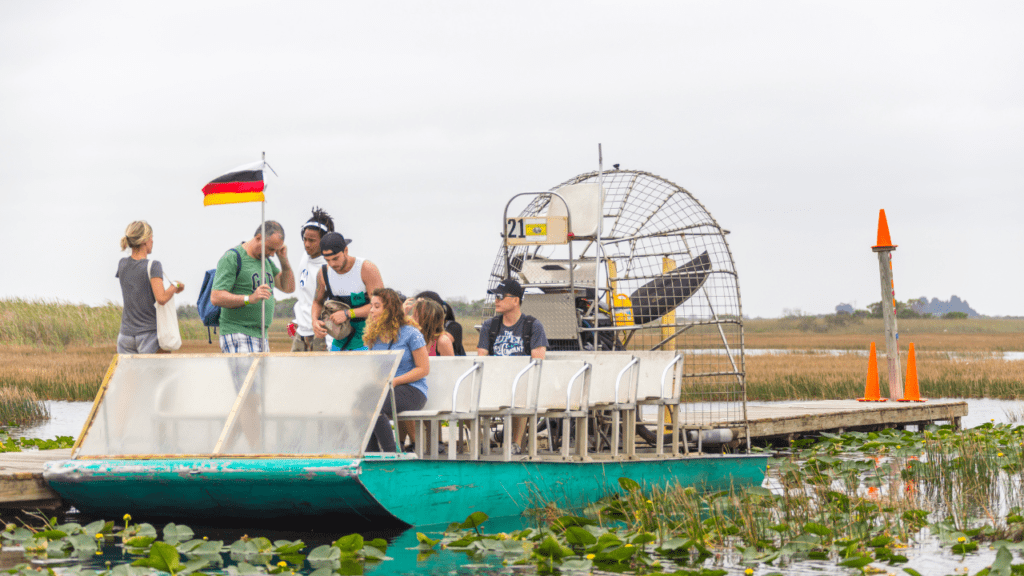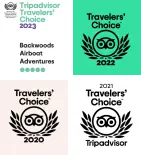
The Florida Everglades is a vast and unique ecosystem unlike anywhere else. its sawgrass marshes, winding waterways, and mangrove forests are teeming with life. The Everglades offers much to explore, from wildlife havens to fascinating historical sites. But to truly appreciate its wonders, you need to go deeper and experience them for yourself.
The Heart of the Everglades: Shark Valley
If you want to understand the essence of the Everglades, Shark Valley is the place to be. Located closer to Miami than other points in the park, it gives you a taste of the Everglades’ diverse habitats and an incredible chance to encounter wildlife.
- Wildlife Central: Shark Valley is renowned for its wildlife viewing. Alligators are the celebrities, often seen sunning themselves or cruising through the water. Look up, and you might spot a majestic anhinga drying its wings, a great blue heron poised for fishing, or one of the many other wading birds the Everglades calls home.
- Tram or Bicycle – Your Choice: To explore the 15-mile paved loop at Shark Valley, rent a bicycle for a leisurely ride or hop on the narrated tram tour. Each has advantages, but both will take you deep into the sawgrass prairies and past hidden hammocks.
- Observation Tower Bonus: Be sure to climb the observation tower midway through the loop. Above, you’ll get a stunning panoramic view of the “River of Grass.” It offers the best perspective on how expansive and beautiful the Everglades truly is.
Anhinga Trail: A Wildlife Wonderland
The Anhinga Trail is a must-do near the park’s Royal Palm entrance. It’s a short, accessible boardwalk – less than a mile long – yet it’s consistently voted one of the best places in the Everglades to see wildlife up close.
- Up Close Encounters: It’s not just the variety of wildlife along the Anhinga Trail, but their proximity. You’re almost guaranteed to see alligators, turtles, various fish, and birds going about their daily routines mere feet away. The wildlife becomes even more concentrated during the dry season, making for truly breathtaking viewing.
- A Photographer’s Delight: If you have a camera, the Anhinga Trail offers incredible photo opportunities, even if you’re not a photography pro.
- Breezy and (Mostly) Bug-Free: Unlike some Everglades areas, the boardwalk keeps you above the water and in a breeze – a lifesaver regarding insects!
Flamingo: Exploring the Far South
While there’s plenty to see near the park entrances, venturing deeper into the Everglades has rewards. Flamingo, at the southern tip of the park, delivers a unique experience.
- Gateway to Florida Bay: Flamingo is your launchpad for exploring the vast waters of Florida Bay. From kayaking adventures to boat tours, you’ll gain a different perspective of the Everglades’ coastal ecosystem, rich with mangroves and teeming with marine life.
- Historical Remnants: Flamingo has a fascinating history. Remnants of an old fishing village and traces of those who once called this wild area home add an intriguing element.
- Camping Under the Stars: Flamingo is one of the primary campgrounds in the Everglades. If you enjoy stargazing, there is no better place to be – the views are phenomenal without city light pollution.
Beyond the Usual: Hidden Gems of the Everglades
While the highlights above are spectacular, don’t overlook the many other treasures the Everglades holds:
- Big Cypress National Preserve: To the north of the main Everglades National Park, Big Cypress encompasses a different yet equally captivating environment.
- Airboat Rides: While more touristy, airboat rides offer thrills and a chance to see parts of the Everglades inaccessible by foot.
- Canoeing and Kayaking: There are endless canoe and kayak trails if you seek a serene way to experience the backwaters.
Conclusion
There is no single answer to the best part of the Everglades. Its magic lies in its diversity. So, explore! The Everglades is a vast and unique treasure, and venturing into its depths will ignite a sense of wonder and appreciation for this special place.




